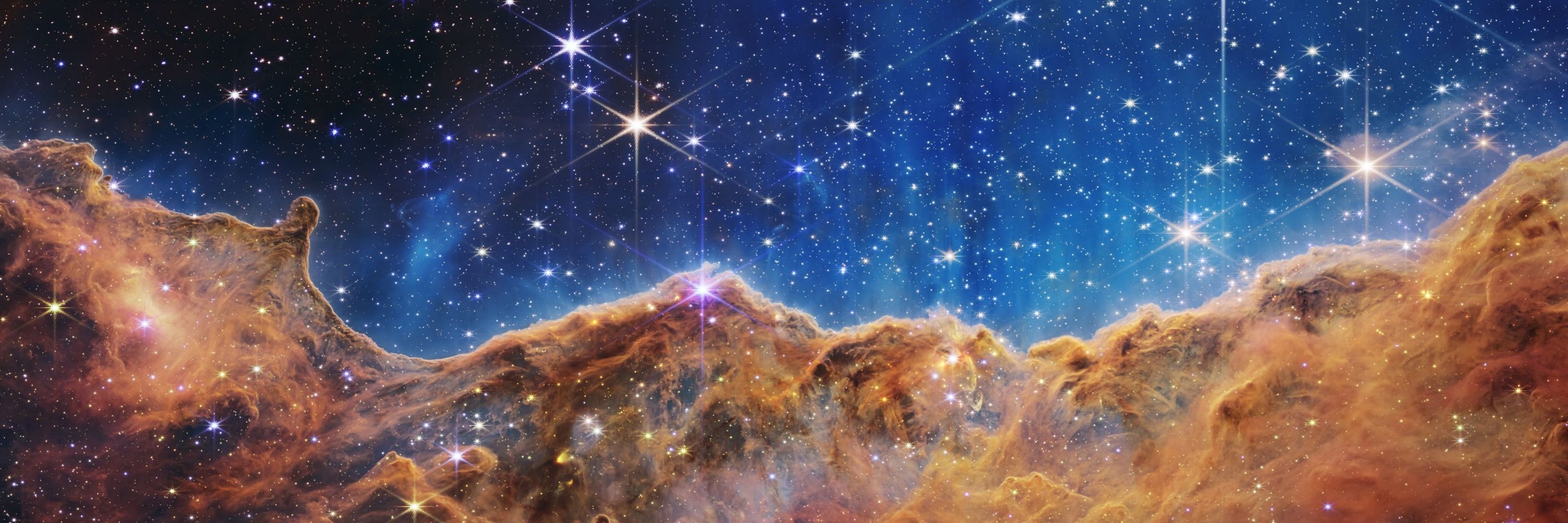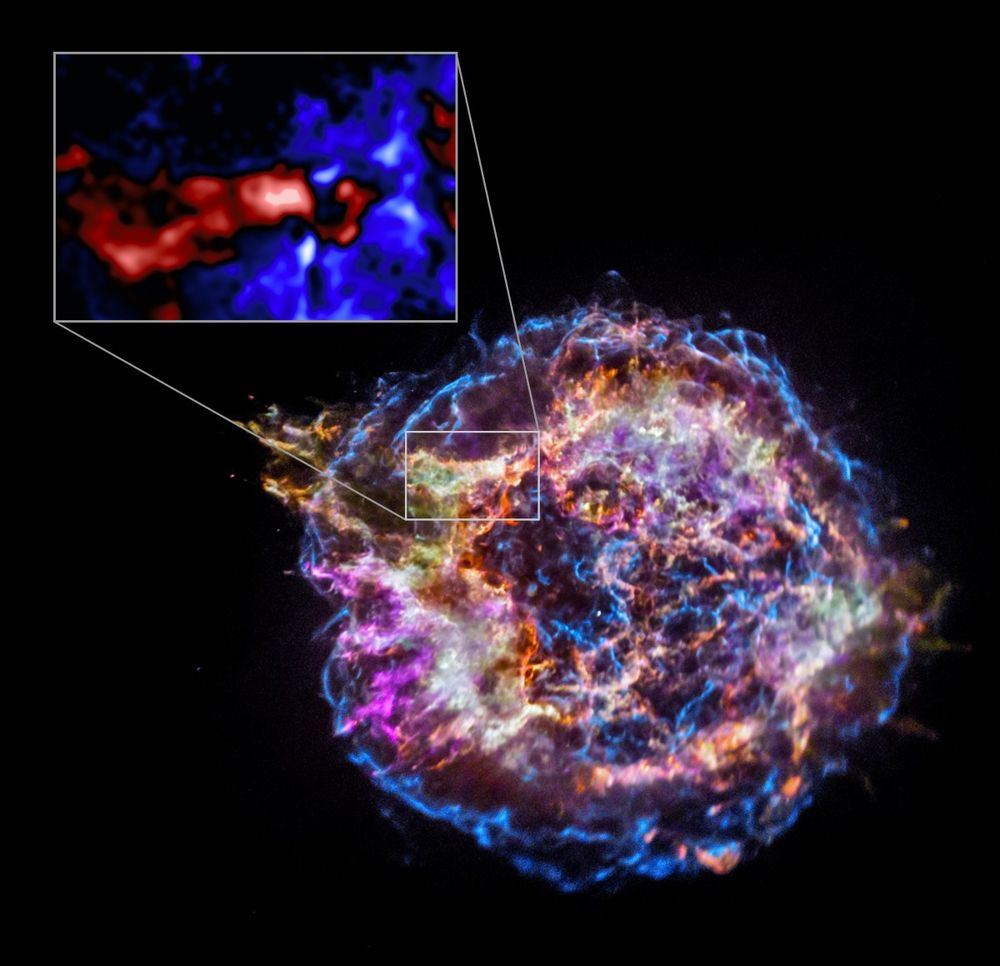
Copyright with respective people and organizations shared for educational purposes.
Credit: NASA/ ESA/ CSA/ STScI

Credit: NASA/ ESA/ CSA/ STScI
Credit: David Jewitt / Jane Luu

Credit: David Jewitt / Jane Luu
Image Credit: NOAA Space Weather Prediction Centre

Image Credit: NOAA Space Weather Prediction Centre
Credit: ESO/Laird Close, University of Arizona, R. F. van Capelleveen et al
Credit: ESO/Laird Close, University of Arizona, R. F. van Capelleveen et al
Credit: Pixabay/CC0 Public Domain

Credit: Pixabay/CC0 Public Domain
Image credit: F. Loiacono, NASA, ESA, CSA

Image credit: F. Loiacono, NASA, ESA, CSA
Image: NASA/ESA/AP

Image: NASA/ESA/AP
Credit: Adis Resic

Credit: Adis Resic
Image Credit: ESA, NASA, Hubble, T. Ueta (U. Denver), H. Kim (KASI)

Image Credit: ESA, NASA, Hubble, T. Ueta (U. Denver), H. Kim (KASI)
Credit: (Artist's Illustration) Stocktrek Images/Getty Images

Credit: (Artist's Illustration) Stocktrek Images/Getty Images
The Fireworks Galaxy (NGC 6946) dazzles with 10 supernovae in just a century, while nearby open cluster NGC 6939 shines only 5,600 light-years away. A cosmic blend of beauty and distance.
Image Credit & Copyright: Alberto Pisabarro

The Fireworks Galaxy (NGC 6946) dazzles with 10 supernovae in just a century, while nearby open cluster NGC 6939 shines only 5,600 light-years away. A cosmic blend of beauty and distance.
Image Credit & Copyright: Alberto Pisabarro

Credit: NASA | ESA

Credit: NASA | ESA
Credit: Brian Meyers

Credit: Brian Meyers
Credit: NASA/ESA/CSA

Credit: NASA/ESA/CSA
Credit: Peter Bresseler

Credit: Peter Bresseler
Credit: NASA/ESA/CSA/STScI, JWST

Credit: NASA/ESA/CSA/STScI, JWST
Credit: ESA/Gaia/DPAC, S. Payne-Wardenaar, L. McCallum et al.

Credit: ESA/Gaia/DPAC, S. Payne-Wardenaar, L. McCallum et al.
Image Credit: Witta Priester

Image Credit: Witta Priester
Credit: Rutgers Sci & ODIN Survey

Credit: Rutgers Sci & ODIN Survey
Image Credit & Copyright: Yousif Alqasimi & Essa Al Jasmi

Image Credit & Copyright: Yousif Alqasimi & Essa Al Jasmi
Image Credit & Copyright: Daniel Stern

Image Credit & Copyright: Daniel Stern
Credit: NASA, ESA, Hubble

Credit: NASA, ESA, Hubble
Credit: NASA/CXC/Meiji Univ./T. Sato et al.

Credit: NASA/CXC/Meiji Univ./T. Sato et al.

